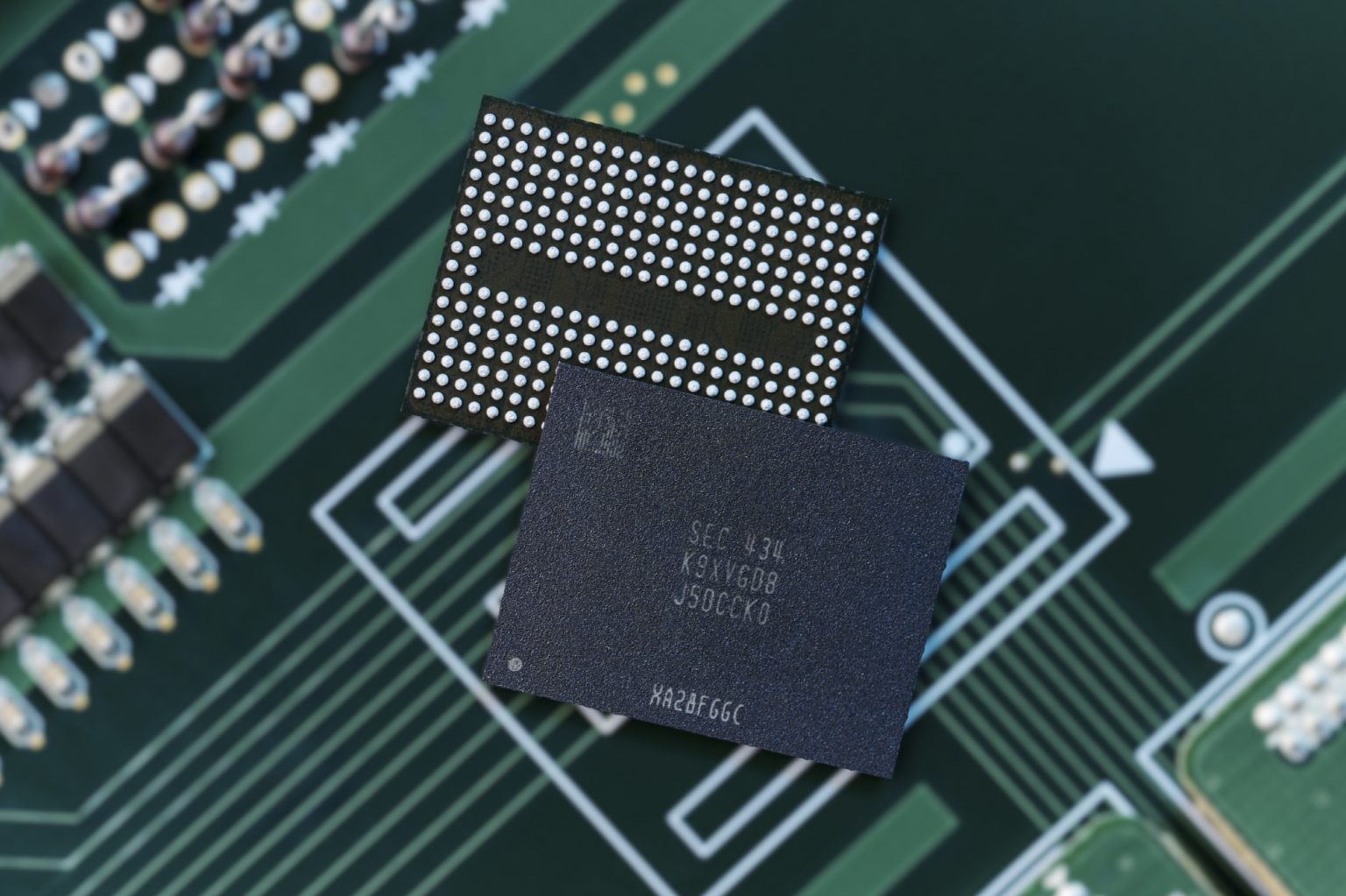Samsung Electronics has announced the mass production of its latest one-terabit quad-level cell (QLC) 9th-generation vertical NAND (V-NAND), marking another milestone in its leadership of the advanced memory technology market. This development follows the production of its triple-level cell (TLC) 9th-generation V-NAND earlier this year, solidifying the company’s position in high-capacity, high-performance NAND flash technology.
The new QLC V-NAND represents a significant leap in technological innovation, combining several breakthroughs that are expected to meet the growing demands of AI-driven applications. SungHoi Hur, Executive Vice President and Head of Flash Product & Technology at Samsung, described the mass production as a strategic move to address the evolving needs of the enterprise SSD market. “Kicking off the successful mass production of QLC 9th-generation V-NAND just four months after the TLC version allows us to offer a full lineup of advanced SSD solutions that address the needs for the AI era,” Hur said.
The company plans to extend the application of its QLC 9th-gen V-NAND beyond branded consumer products to include mobile Universal Flash Storage (UFS), PCs, and server SSDs, with cloud service providers expected to be major beneficiaries.
Samsung’s 9th-generation V-NAND is built using its proprietary Channel Hole Etching technology, which has enabled the company to achieve the highest layer count in the industry with a double-stack structure. This results in a bit density that is 86% higher than its previous generation of QLC V-NAND, providing a significant boost in capacity.
Additional innovations in the design of the QLC V-NAND include the adoption of Designed Mold technology, which optimises the spacing of Word Lines (WL) that operate the NAND cells. This innovation improves the uniformity and efficiency of cell characteristics, a crucial aspect as layer counts continue to increase in advanced NAND technology. According to Samsung, these advancements have enhanced data retention performance by around 20%, resulting in more reliable products.
Predictive Program technology has also been employed to anticipate and manage cell state changes, minimising unnecessary actions and improving overall system efficiency. Samsung reports that this advancement has led to a doubling of write performance and a 60% improvement in data input/output speeds.
In terms of power consumption, the new QLC V-NAND is designed to be more energy-efficient, with data read power consumption reduced by 30% and write power consumption by 50%. This has been achieved using Samsung’s Low-Power Design technology, which reduces the voltage required to drive NAND cells while only engaging the necessary bit lines during operations.
As the demand for higher performance and capacity grows within AI-driven applications and enterprise SSDs, Samsung believes that its latest advancements will help drive innovation in the memory technology sector. “We will continue to solidify our leadership in the segment through our QLC and TLC 9th-generation V-NAND,” Hur added.



